|
To Our ContributorsWe welcome properly researched contributions of ancestor profiles, vignettes and comments from members that focus on their ancestors’ roles in Jamestown’s history, plus other aspects of their lives, events and experiences in the colony. PLEASE NOTE that all information must be documented and backed up by primary source documents, and not unverifiable information and family and urban legends. Submissions without this backup may be rejected. Please limit contributions and blog entries solely to the ancestors themselves, and do not include subsequent lineage information. Entries should be no more than 400 words. Archives
August 2022
Categories |

|
|
Donate |
- Home
- About Us
- Membership
- Resources
- Planned Giving
- Contact Us
- Shop
- Blog
-
Members Only Pages
-
Events
>
- Zoom Meetings
- Upcoming Events / Meetings
- Book Club Events
-
Past Events
>
- 2023 Heritage Week Dinner
- Spring 2018
- Fall 2017
- Spring 2017
- 2017 Heritage Week Luncheon
- Fall 2016
- Spring 2016
- 2016 Jamestowne Heritage Week Luncheon
- Fall 2015
- 2015 Jamestowne Heritage Week Luncheon
- Fall 2014
- Fall 2013
- Fall 2012
- Spring 2012
- Fall 2011
- Spring 2011
- Fall 2010
- Spring 2010
- Fall 2009
- Spring 2009
- Fall 2008
- Spring 2008
- Company Events
- Fall 2007
- 400th Anniversary Celebration
- More 400th Anniversary Photos
- Members Only Shop
-
Events
>
|
Contact us at
Jamestowne Society, Inc. 3901 Midlands Road Williamsburg, VA 23188-2575 804-353-1226 info@jamestowne.org |
This website is the property of the Jamestowne Society. Graphics and information may be copied or used ONLY for purposes of furthering the Society's goals.
|
© Jamestowne Society 2021
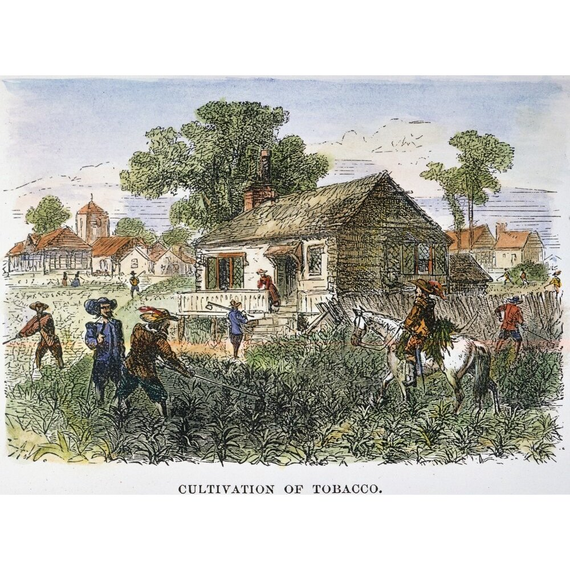
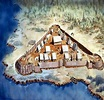

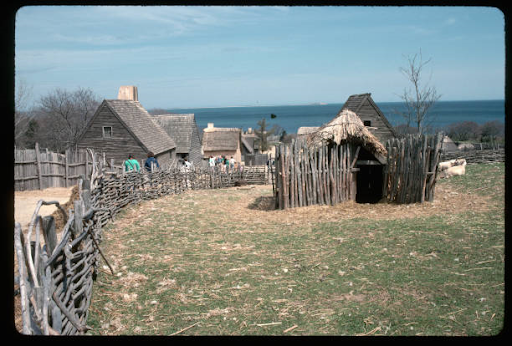
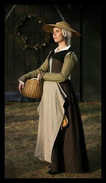
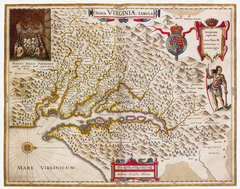
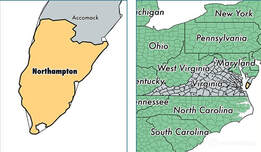

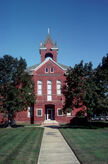

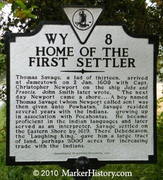
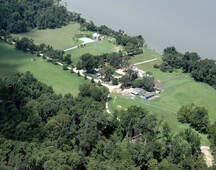
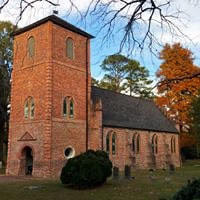
 RSS Feed
RSS Feed
